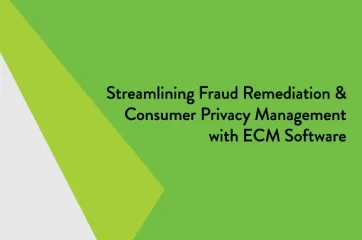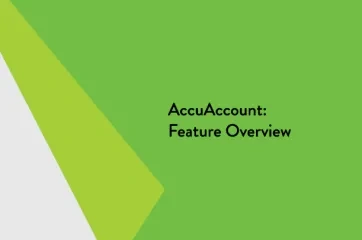What is a Signature Card Form for a Bank or Credit Union?
A signature card form is generated when a customer or member opens a checking or savings account at a financial institution. The signature card form contains data fields to collect information about the person requesting the account, specifies who may withdraw funds from it, and includes the signature(s) of those authorized to access the account.
Deposit Account Holder Data
When establishing a new deposit account, a financial institution’s account manager enters information into a deposit account creation platform. Among other information, this typically includes the authorized individual’s:
- Name
- Social security number
- Driver’s license number
- Address
- Phone number
The software then produces a signature card form containing the customer’s new account number and personal information. The signature card is printed, signed by the account holder(s), and retained by the bank or credit union.
Signature Card Use Cases
A signature card allows tellers to compare the signature of an individual requesting a withdrawal with the signature(s) on file for that account. The signature card form also indicates the number of authorized signatures required for an account withdrawal.
For example, in the case of a married couple, only one of the two individuals’ signatures may be needed to make a withdrawal. However, a business account might stipulate two authorized signatures.
Electronic Signature Card Forms
Most modern banks and credit unions now enjoy the convenience of electronic signature card forms produced by either a core banking system or a third-party banking account management platform. Once signed and stored within the digital system, a teller can access the electronic file to compare a customer or member’s signature with an authorized account holder’s signature.
Some third-party solutions, like AccuAccount Teller View, offer the option of including a driver’s license image as an extra fraud prevention measure.
Account Management Resources
For more information about digital account management in the banking industry, be sure to check out our extensive resource library with free spreadsheets, whitepapers, videos and eBooks.
Browse our banking definitions page for more terminology.








